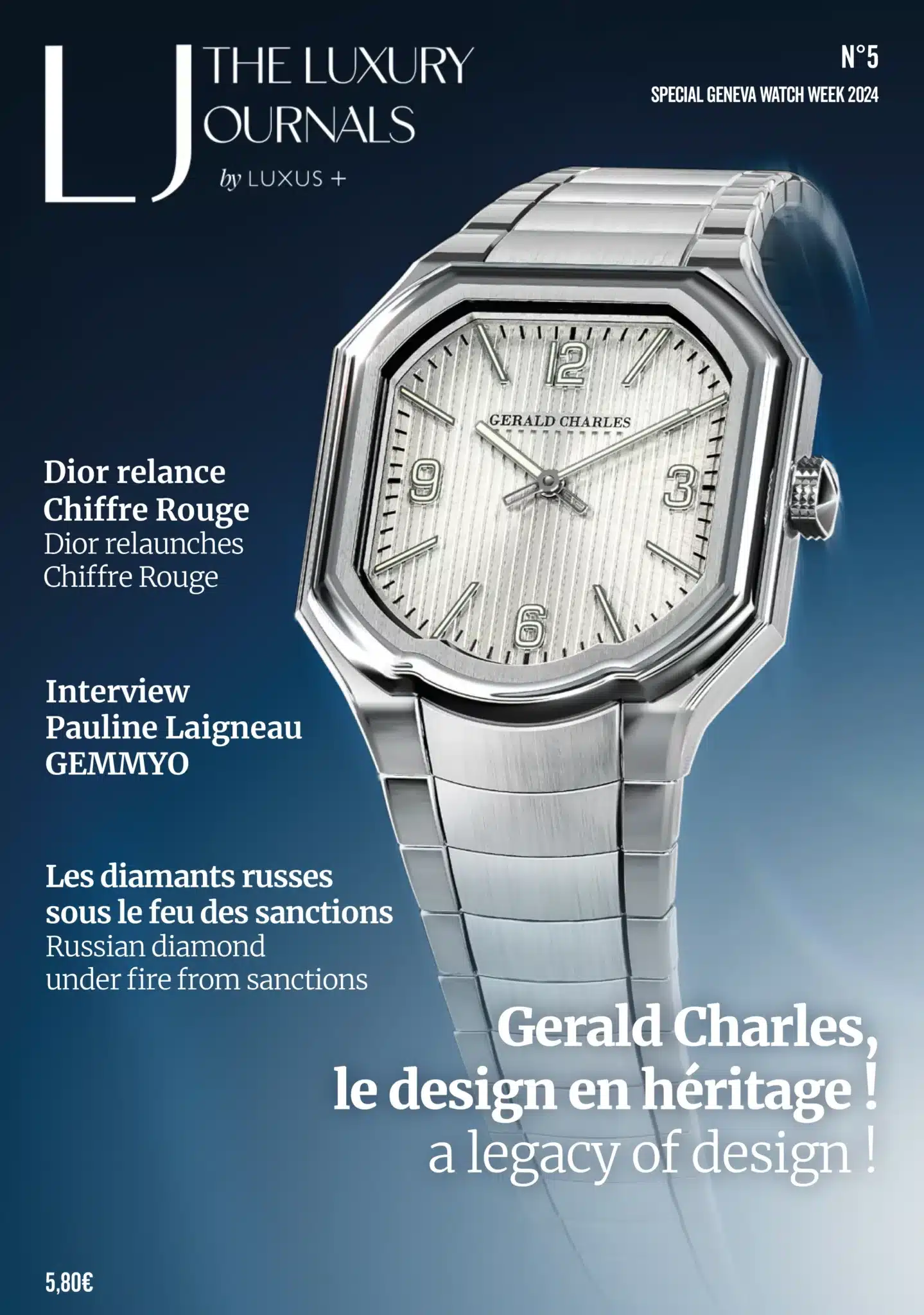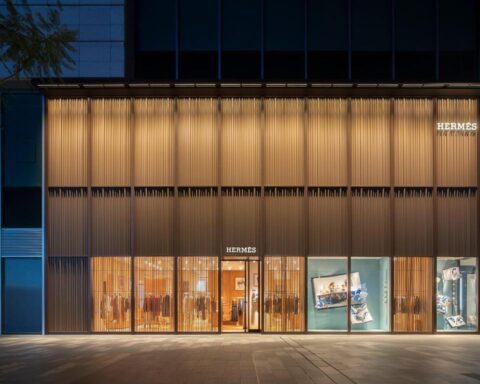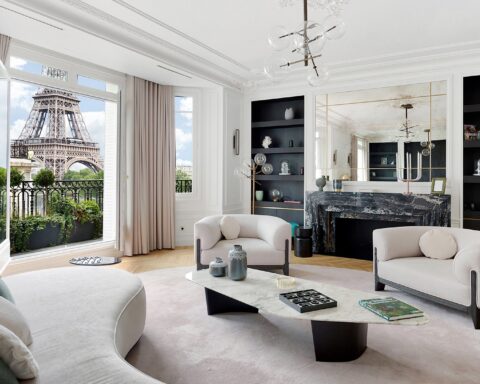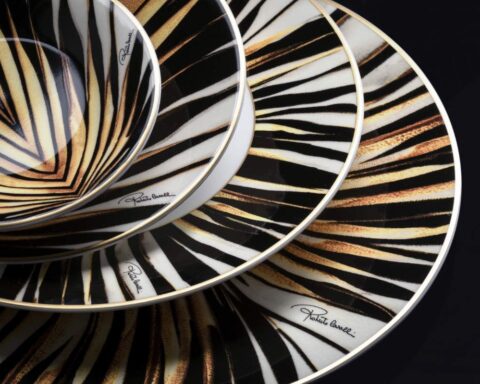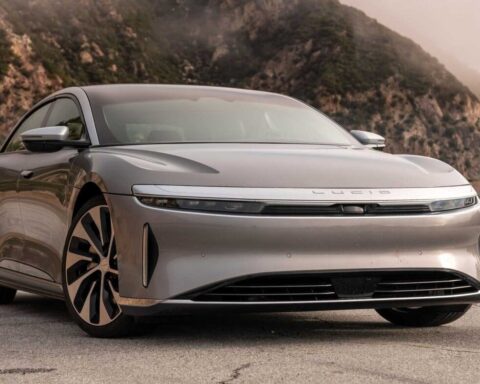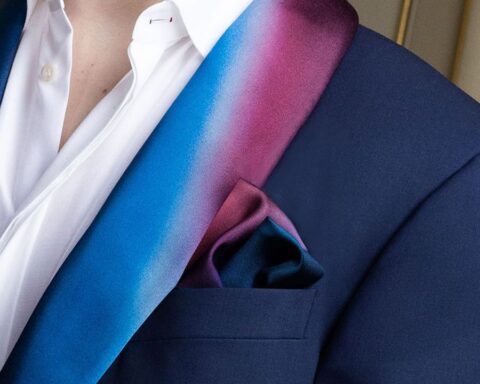Philippe de Passorio is Director France & Italy of Adyen, the Dutch payment platform, which counts among its clients the biggest luxury brands. Passionate about digital, animated by a strong entrepreneurial spirit and rich with a strong international experience, Philippe de Passorio has been evolving for almost 20 years in the world of new technologies. He holds dual scientific and commercial training.
By Philippe de Passorio
We live in the experience economy. Experiences engage customers and create unique experiences that connect them emotionally to the brand. The luxury goods industry is experienced in the exercise. From the welcome in the shop to the delivery of the product, everything is expertly orchestrated. One of the essential elements of this ritual, and not least, is the payment.
A moment as stealthy as essential
The payment concludes the millimeter partition of the luxury experience. This is not the most striking note, but the most subtle of the whole melody. In any high-end boutique on the Champs-Élysées, you will notice a big absentee, the traditional collection counter.
Luxury is based on elegance, suggestion, a journey into a universe, far from everyday life. It therefore seems inconceivable to disturb this immersion with an unattractive object. In order to maintain this consistency and this notion of discretion, the brands are rethinking the counter by creating spaces with a sleek design, which blend into their shops. The counter becomes the scene of the customer’s ritual, the payment terminal a subtle object of the decor.
More proximity for more consideration
Each client expects a specific treatment. It is to respond to this problem that new mobile point-of-sale solutions are appearing, such as tablets (mPOS) directly linked to the cash register. The rituals are thus more personalized, more exclusive and involve proximity with the client.
Any luxury brand wants its customers to feel at home, even if they are on the other side of the world. Asian customers, for example, begin the brand discovery journey well before entering a store, and it is important to communicate with them upstream, via their preferred channels such as WeChat and Weibo.
Once in store, they should be welcomed with signage and staff adapted to their language. And of course, offer them the familiar payment methods such as China UnionPay, WeChat Pay and Alipay. Some smart payment terminals identify the nationality of the buyer based on the type of card and adjust the language accordingly.
An arsenal of functionalities at the service of the customer
There is no greater obstacle to a store shopping experience than when an item is out of stock. By centralizing the transaction system of all of its stores and e-commerce sites on a single platform, a brand can offer concepts such as the “endless aisle” (or infinite radius) which allows buyers to order items in stores not available and have them delivered directly to their home. In short, to allow an e-commerce transaction within a store without any friction.
Payment also makes it possible to extend the points of contact with its customers. Take the example of Pay-By-Link. This service allows a brand to simplify the reservation and purchase of an exclusive product for its most loyal customers by allowing them to pay directly via a link communicated by email or sms. A method that perpetuates the notion of invisible transaction while offering a high level of security.
The contribution of the payment does not stop there. It also optimizes the daily lives of internal teams…
A tool that harmonizes a sales universe
Yes. Payment makes life easier for sales, accounting and marketing teams. Using a global payment solution provides a smart and comprehensive view of all buyers’ payment data. Cannibalization of one shop by another, means of payment to be offered according to the type of in-store visits, typology of customers, as many elements which make it possible to adjust the experiences according to the stores.
This agility is also found in accounting management, for reconciliation and reporting. A global vision of transactions not only brings a better understanding of its different markets, but also a consolidated vision of the different sales channels.
Read also: China’s ‘Gen Z’ shoppers fuelling luxury market momentum: Bain


